![]() © Roberto Pizzo
© Roberto Pizzo
We are glad to inform the astronomical community that the volume 'Low Frequency Astronomy and the LOFAR observatory' has been published by Springer as part of their Astrophysics and Space Science Library series. The book is based on material from the Third LOFAR Data Processing School, which took place at ASTRON in November 2014. The school featured nineteen lectures by experts in the field and with LOFAR in particular; five tutorial sessions; two evening lectures; and a tour of the LOFAR core area near Exloo. Fifty participants attended the event.
This book was inspired by the excellent standard reference 'Synthesis Imaging in Radio Astronomy II' (1999), by Taylor, Carilli and Perley eds. With the LOFAR volume, our ambition was to provide additional information that is specifically needed to supplement the education of young radio astronomers working at low frequencies, and especially with LOFAR.
This book required important efforts from all the authors and was a long time in the making. Many aspects of the rapidly evolving LOFAR system have matured in the meantime. While these are obviously tracked regularly on the LOFAR webpages, we consider this book an important reference documentation of the LOFAR system and invite users to make it part of their collection.
The editors wish to thanks the organisers of the School, the lecturers and evening speakers, and the tutorial session leaders. A special thank-you goes to School participants, who have worked very hard to generate the images on the cover of the book and who have inspired the lecturers and tutors to do their best in helping you navigate the world of LOFAR. Finally, we wish to thank the authors of the chapters included in this book, not only for contributing their material, but also for their patience as the entirety of the volume came together.
The book can be downloaded at https://www.springer.com/us/book/9783319234335
 © ESO / Callingham et al.
© ESO / Callingham et al.  © Roberto Pizzo
© Roberto Pizzo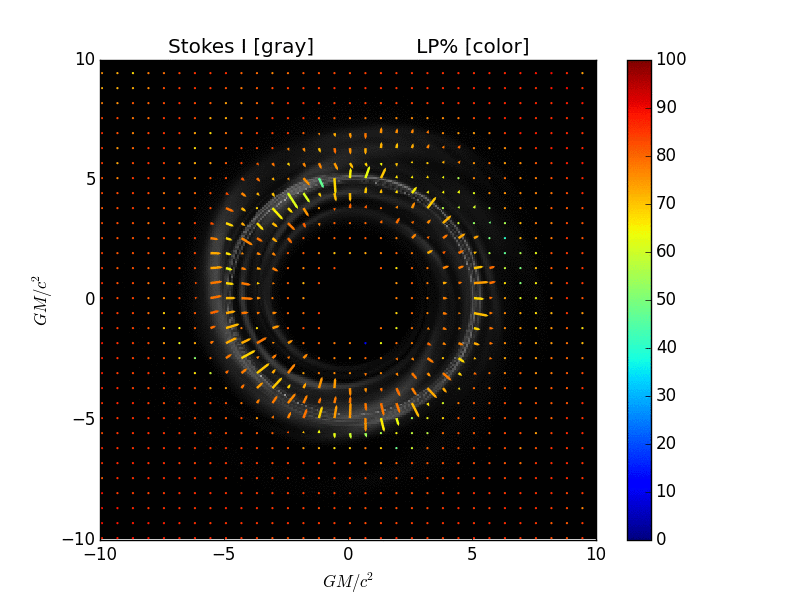 © M. Moscibrodzka
© M. Moscibrodzka © C. Bassa
© C. Bassa © N/A
© N/A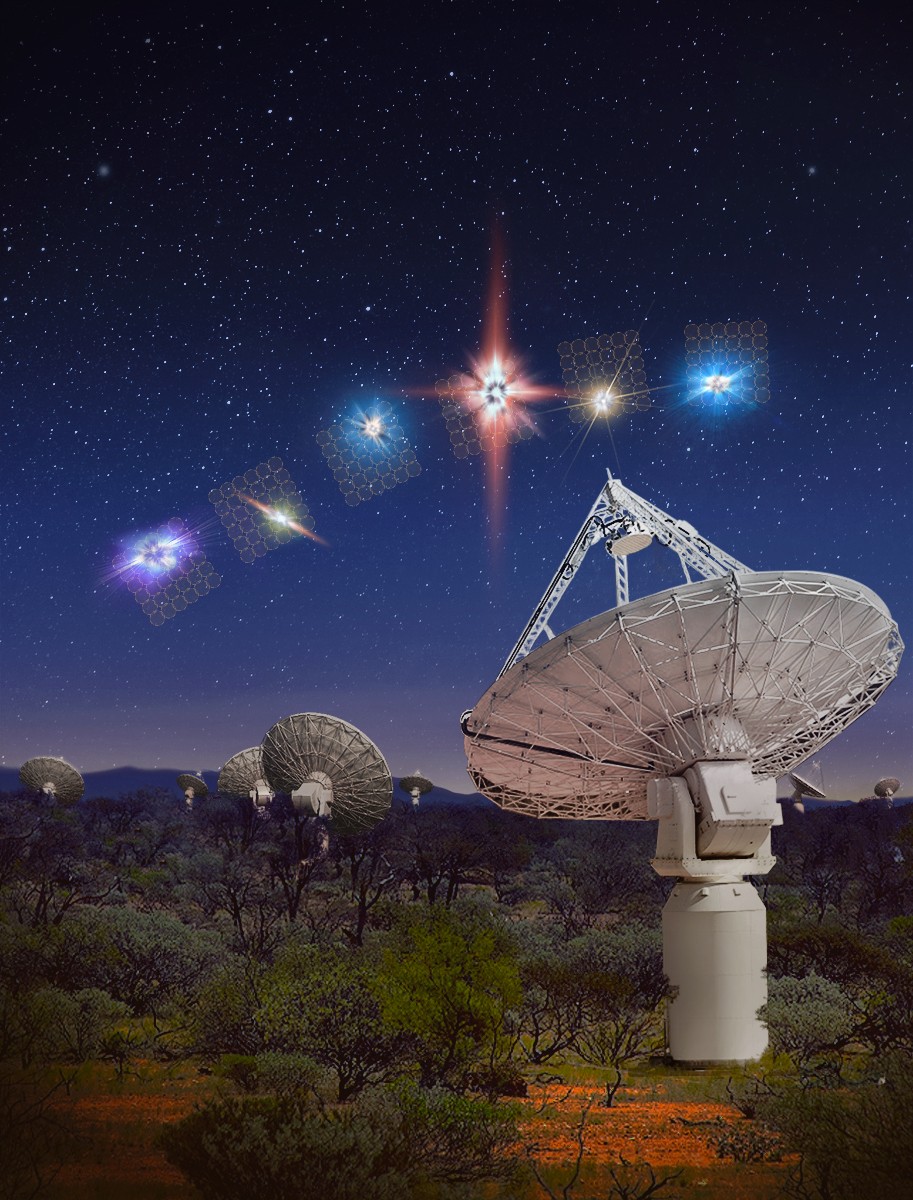 © OzGrav, Swinburne University of Technology.
© OzGrav, Swinburne University of Technology. © N/A
© N/A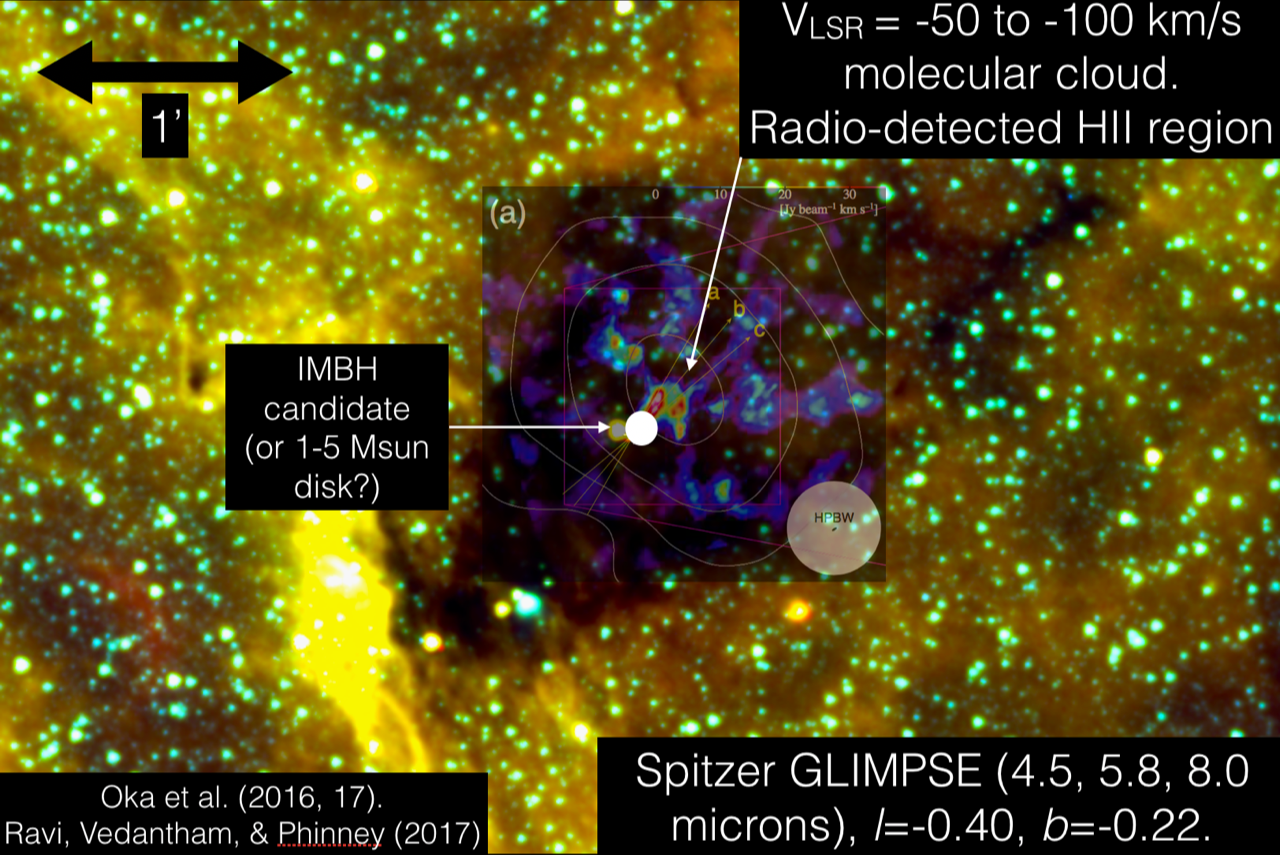 © Colloquium
© Colloquium © Henk Mulder
© Henk Mulder © McClure-Griffiths et al. (2018)
© McClure-Griffiths et al. (2018) © Sjoerd van der Hucht
© Sjoerd van der Hucht © JvL
© JvL © Á. Sanchez-Monge
© Á. Sanchez-Monge © JP
© JP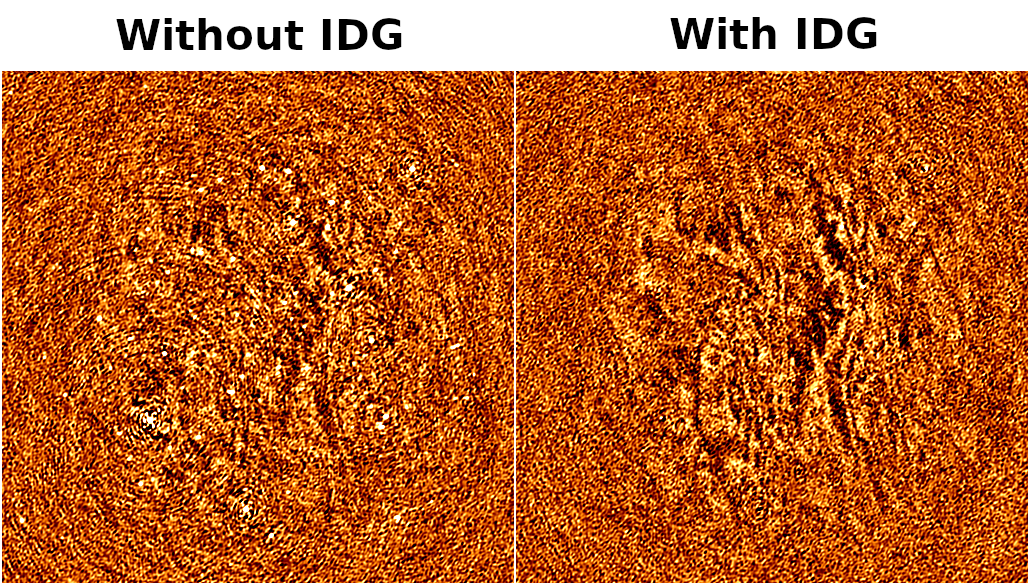 © CC BY 4.0
© CC BY 4.0 © ASTRON
© ASTRON © ASTRON
© ASTRON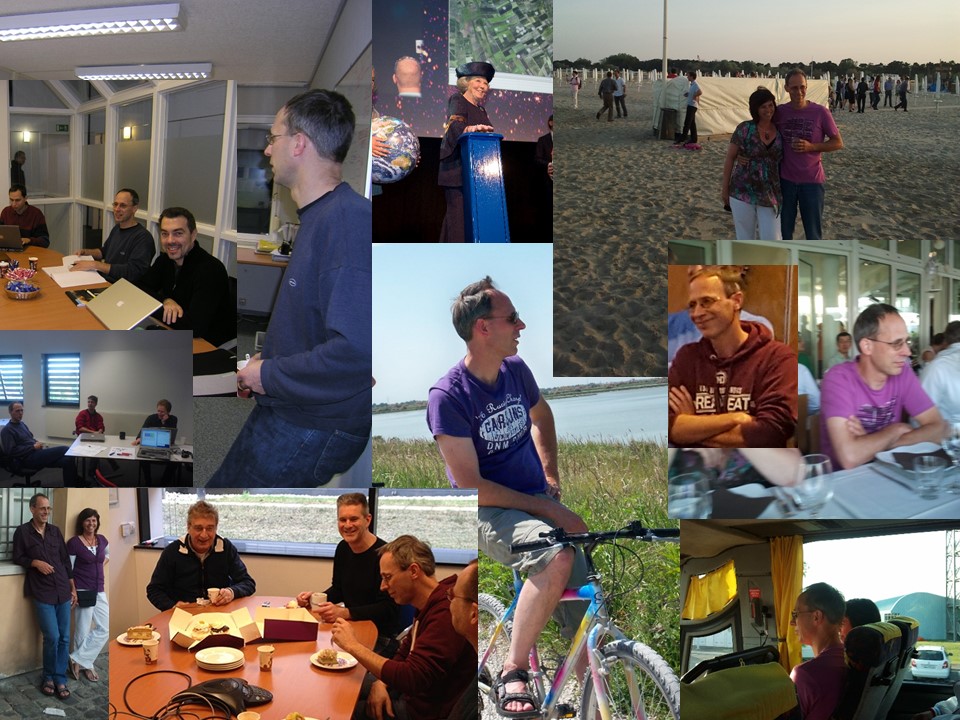 © ASTRON
© ASTRON © Pratika Dayal
© Pratika Dayal © ASTRON PR
© ASTRON PR







